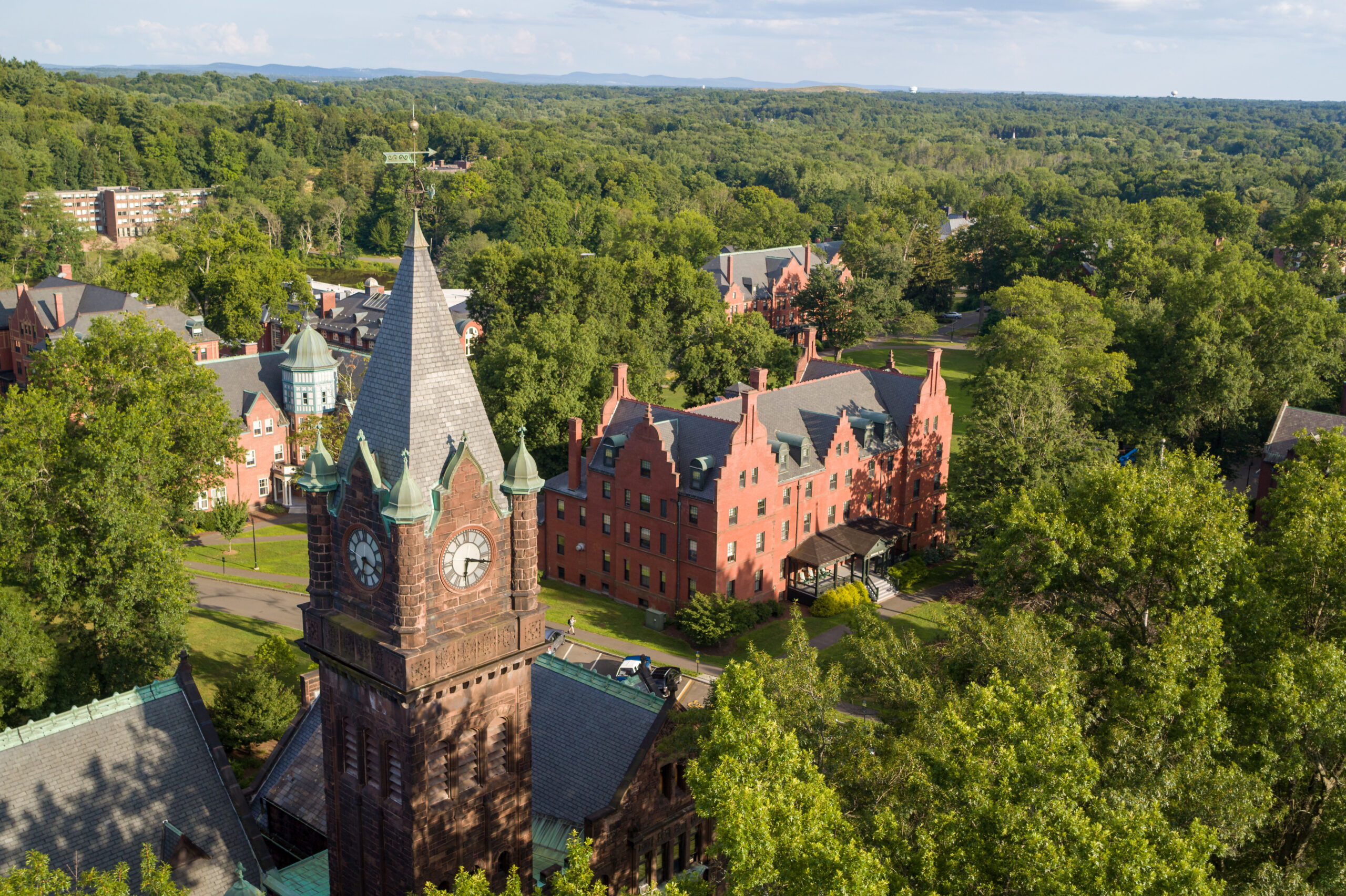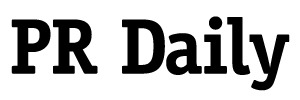How one private college is forging a path forward amid political uncertainty
Mission-driven universities turn to strategic storytelling to strengthen donor ties and protect their values.

Mission-driven institutions like HBCUs, religious universities, and women’s colleges such as Mount Holyoke must navigate a political tightrope. Their values have historically inspired loyalty, but now, saying the wrong thing can alienate donors.
“Higher education has a PR problem,” said Kassandra Jolley, vice president for college relations at Mount Holyoke, one of the famed Seven Sisters colleges. “If we don’t address it immediately, we risk losing not just funding but our fundamental ability to prepare future leaders.”
This urgency has reshaped Mount Holyoke’s communications strategy. Faculty media and alum stories have made PR central to the college’s success.
“This is not a time to hunker down,” Jolley said. “It’s a time to deploy all storytelling tools authentically.”
From values to value
For mission-driven colleges, values aren’t just part of the brand – they are the brand.
Jolley, who previously worked at Spelman College, a historically Black women’s institution, said people often turn to these universities – both to attend and support – as a form of political protest. That makes it even more vital for institutions to speak up in challenging social times.
At Mount Holyoke, the college emphasizes its legacy of gender equity and global leadership on social issues. Digital reports show how donations support student opportunities, and the institution highlights how political happenings influence its work in social justice.
Jolley’s team helped create MHC Forward, a strategic plan focused on global problem-solving, student pipelines, and fundraising readiness. To bring that plan to life, Mount Holyoke launched an interactive trivia contest illustrating how donor support fuels leadership development, while also spotlighting scholarship recipients.
“Donors are more likely to give when they feel connected,” said Deanna LeBlanc, vice president of crisis at The Castle Group. “When there’s a profile on a student, or exceptional research being conducted, people can see what’s behind those mission statements and those real-world impacts.”
When the National Institutes of Health cut funding for gender-focused research, Mount Holyoke didn’t respond with outrage. Instead, it elevated affected faculty through op-eds, interviews and feature stories. Profiles of researchers – studying everything from dolphin sexual anatomy to snake reproductive systems – appeared in its publication, Alumnae Quarterly, on social media and in a faculty podcast.
In general, Mount Holyoke regularly shares content related to its mission educating those marginalized by their gender or gender expression, which Jolley said is especially relevant given what’s going on in the world right now.
A recent story on the Mount Holyoke brand newsroom highlights a study co-authored by assistant professor Joanna Wuest that argues that recent state bans on gender-affirming care for minors identifying as transgender are based on faulty or distorted evidence.
Potential donors want to see the school as a beacon of on these topics, Jolley said. That means they’re regularly sharing how they’re reinforcing those values in their day-to-day duties as academics and educators.
This kind of targeted storytelling supports what Jolley calls the “value loop” – a strategy that connects donor values with institutional impact.
“It’s not just about raising money,” she said. “It’s about demonstrating that we’re worth investing in.”
The student body and recent graduates tend to be more cause-driven, while those who are a few decades removed from college life tend to be more conservative in their views. But the core message’s tone and sentiment must remain consistent.
“The worst thing you could do is say something that seems inconsistent,” LeBlanc said. “A situation like that can create a sense of mistrust.”
It starts at the top
The challenge for schools like Mount Holyoke isn’t just keeping up with political shifts; it’s proving their ongoing relevance. Jolley believes the most effective messengers are presidents, deans and faculty leaders who speak out when and where they’re comfortable.
However, when concerns threaten a school’s mission, their involvement becomes a must.
This might mean op-eds, interviews or expert commentary to reframe negative coverage important to the university and its community.
For example, Mount Holyoke President Danielle R. Holley spoke with NPR’s Here & Now on April 9 about growing tensions between higher education and the federal government. The topic was the Department of Education’s investigation into over 50 universities for race-conscious recruitment and student support, which Holley described as an attempt to “punish conduct, thinking, and research” at institutions the Trump administration opposes.
Holley’s interview, which the Boston Globe also picked up, positioned her as a leader in all of higher education, while also highlighting her university as a champion for important causes.
“If we don’t tell our story, someone else will,” Holley said. “And that narrative will likely be incomplete or worse, actively harmful to our institutions.”
These types of stories reframe the current conversations in higher education from “what do those in government want” to “what must we do to be true to our mission,” Jolley said.
“People don’t want to give because you have needs,” she added. “They want to give because you solve problems.”
Casey Weldon is a reporter for PR Daily. Follow him on LinkedIn.







